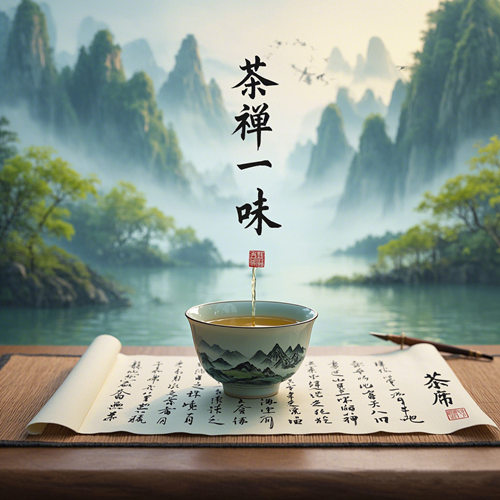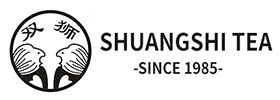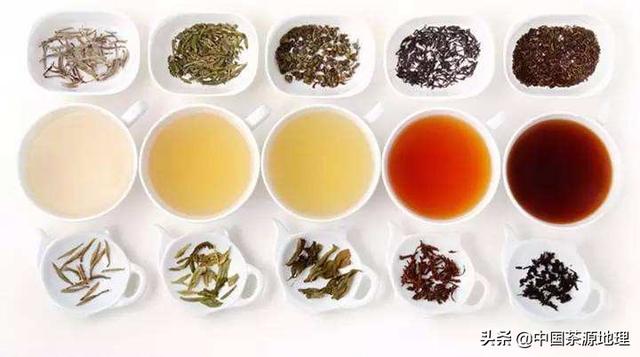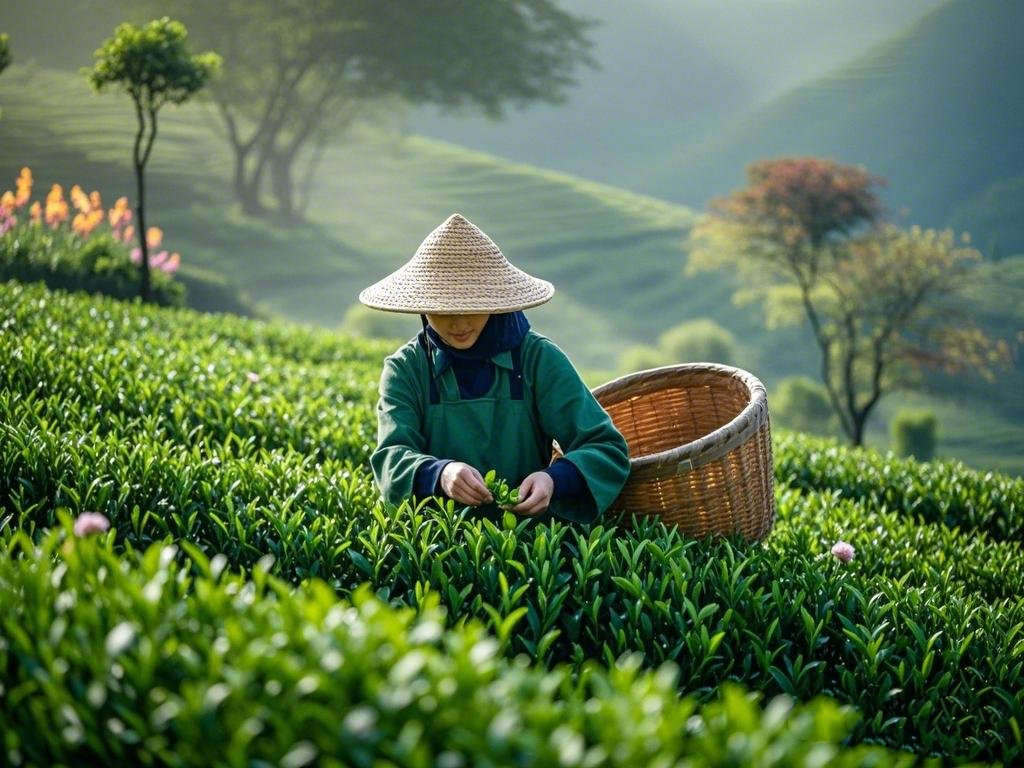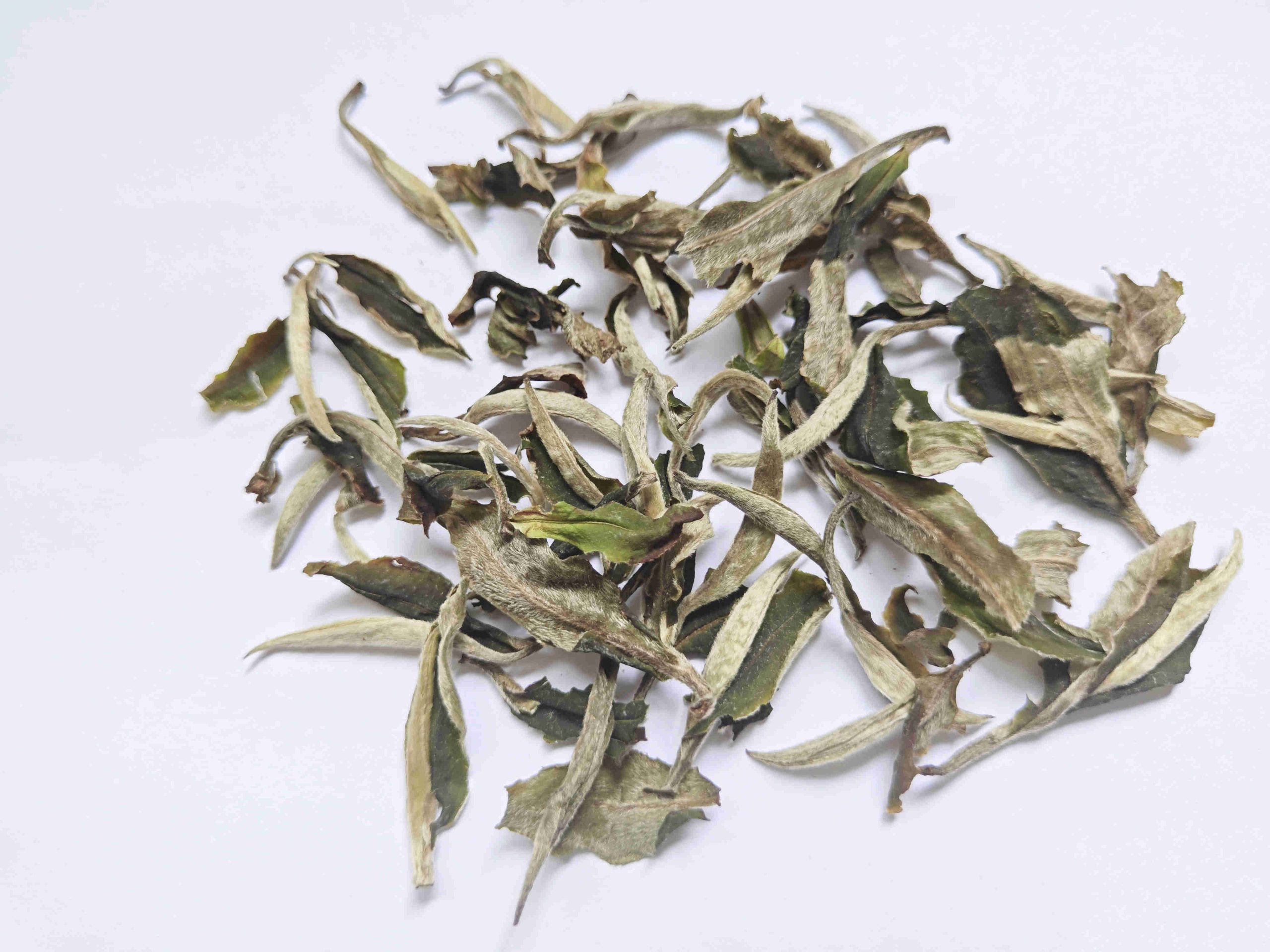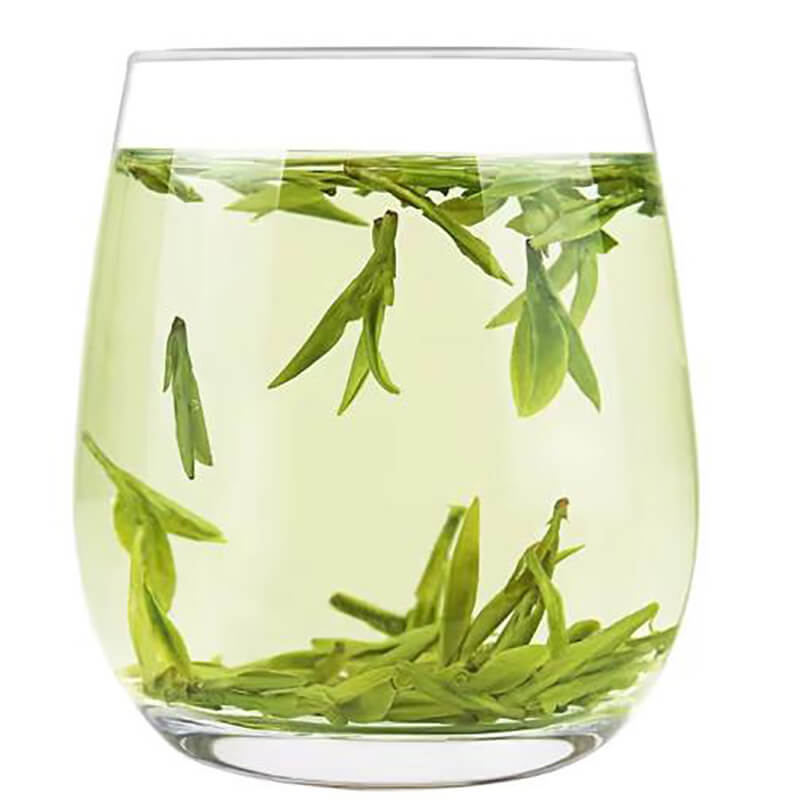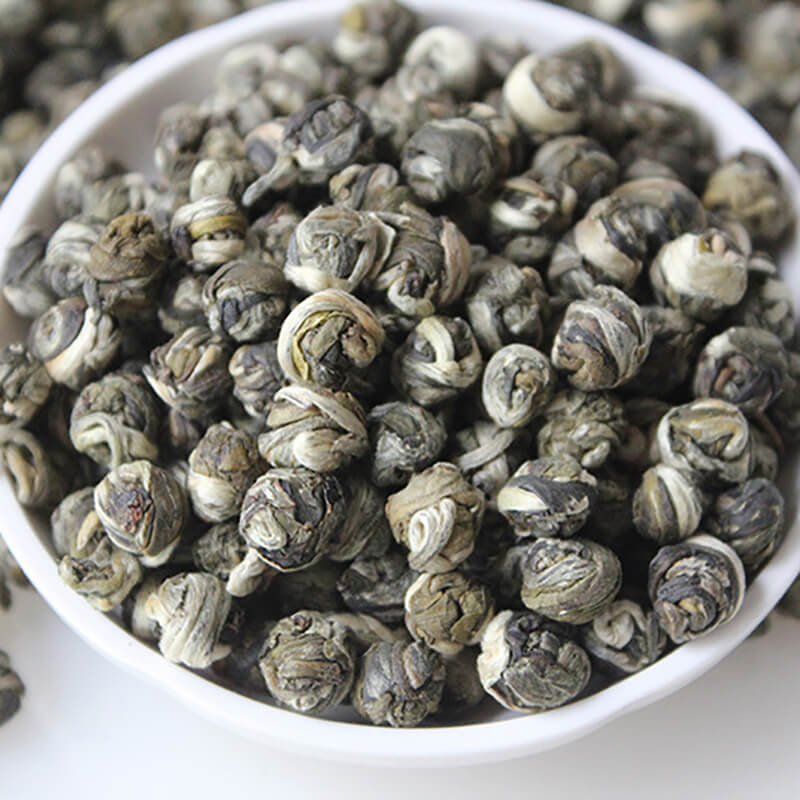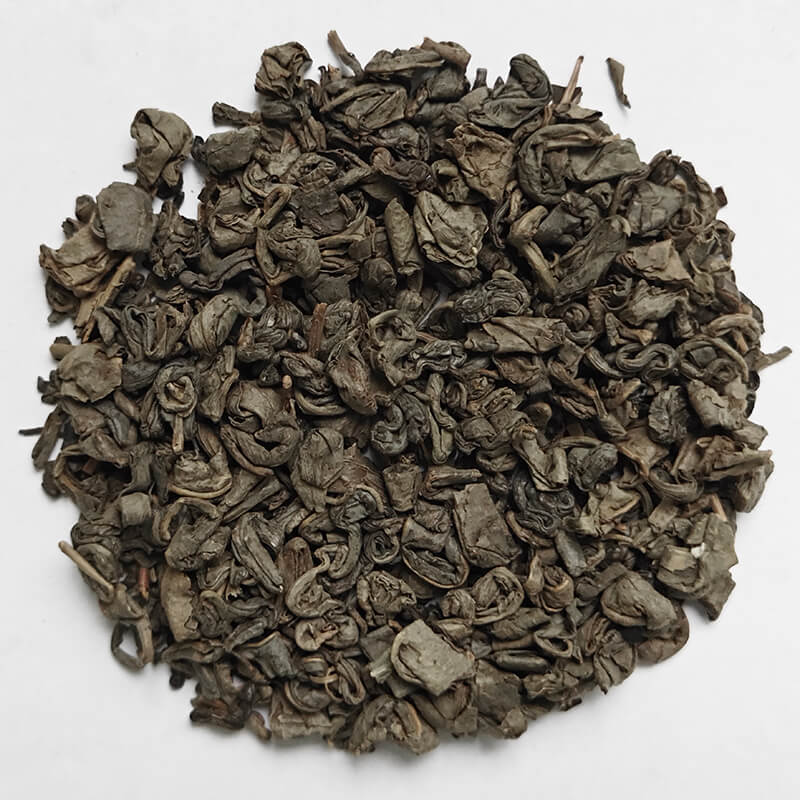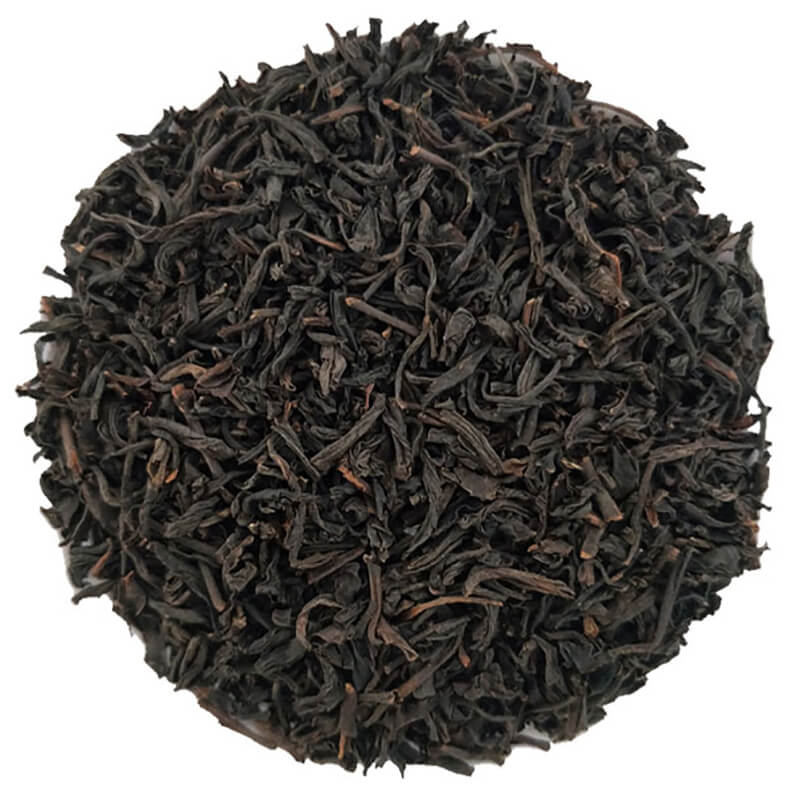Discovering China’s 6 Legendary Tea Categories
China, the birthplace of tea, has cultivated a 5,000-year-old relationship with this beloved beverage. From ancient emperors to modern-day tea enthusiasts, Chinese tea is more than a drink—it’s a philosophy, an art form, and a bridge between cultures. For foreigners curious about this rich tradition, here’s a guide to China’s six major tea categories, each with its own story, flavor, and soul.
The Art of Tea: History and Cultural Significance
Tea in China began as medicine, evolved into a ritual, and became a global phenomenon. Legend says Emperor Shen Nong discovered tea accidentally when leaves blew into his boiling water. By the Tang Dynasty (618–907 CE), tea was a symbol of refinement, celebrated in poetry and art. The Classic of Tea by Lu Yu, written in the 8th century, laid the foundation for tea culture, detailing brewing methods and tools.
For foreigners, understanding Chinese tea is like unlocking a hidden language. It’s tied to Zen Buddhism, Daoist harmony, and Confucian etiquette. Whether sipped in a tranquil teahouse or shared during lively gatherings, tea embodies he (harmony), a core Chinese value.
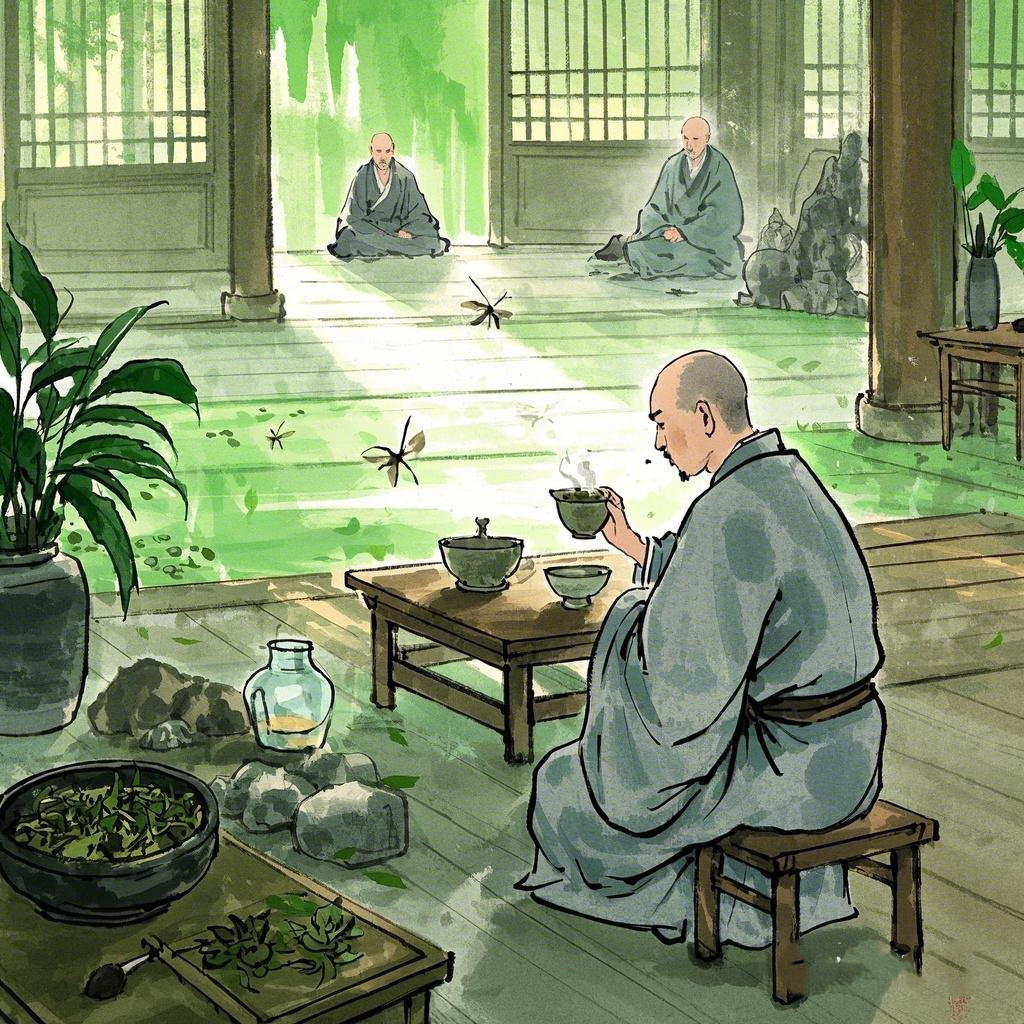
The Six Tea Types: Flavors, Aromas, and Traditions
1. Green Tea (绿茶 – Lǜ Chá)
The most iconic and widely consumed, green tea is unoxidized, preserving its fresh, grassy notes. Famous varieties include:
- Longjing (Dragon Well): Flat, jade-green leaves from Hangzhou, with a chestnut-like sweetness.
- Biluochun: Curled like snail shells, offering floral and fruity hints from Jiangsu.
Green tea is steeped at 80°C (176°F) to avoid bitterness. It’s packed with antioxidants, making it a healthy daily choice.
2. White Tea (白茶 – Bái Chá)
Minimally processed, white tea is the most delicate. Made from young buds coated in silvery hairs, it’s lightly oxidized for a subtle, sweet flavor.
- Baihao Yinzhen (Silver Needle): A premium Fujian tea with notes of honey and melon.
- Shou Mei: Bold and earthy, using mature leaves.
White tea is brewed at 85°C (185°F) and cherished for its purity.
3. Yellow Tea (黄茶 – Huáng Chá)
Rare and mysterious, yellow tea undergoes a unique “smothering” step, where leaves are wrapped to oxidize slowly. This creates a mellow, golden liquor.
- Junshan Yinzhen: From Hunan’s Dongting Lake, it’s called “needle in the emperor’s cup” for its imperial legacy.
Yellow tea’s smooth, almost buttery taste is best enjoyed at 75°C (167°F).
4. Oolong Tea (乌龙茶 – Wū Lóng Chá)
Partially oxidized, oolong bridges green and black tea. Its flavors range from floral to toasty, depending on processing.
- Tieguanyin (Iron Goddess): A fragrant Fujian oolong with orchid notes.
- Da Hong Pao (Big Red Robe): A roasted, mineral-rich “rock tea” from Wuyi Mountain.
Oolong is often brewed Gongfu-style, using small pots to extract layered flavors.
5. Black Tea (红茶 – Hóng Chá)
Fully oxidized, Chinese black tea (called red tea in China) is bold and malty. It fueled the historic tea trade with Europe.
- Keemun: A smoky, wine-like tea from Anhui, popular in British breakfast blends.
- Lapsang Souchong: Smoked over pinewood, it’s a campfire-in-a-cup from Fujian.
Brew at 90–95°C (194–203°F) for a robust, energizing drink.
6. Dark Tea (黑茶 – Hēi Chá)
Fermented and aged, dark tea develops earthy, woody flavors over time. It’s prized for aiding digestion.
- Pu’er: From Yunnan, this tea improves with age, like wine. Raw (sheng) pu’er is sharp and vegetal, while ripe (shou) pu’er is smooth and chocolatey.
Dark tea is often compressed into cakes and brewed multiple times.
How to Experience Chinese Tea Like a Local
To foreigners, Chinese tea rituals might seem complex, but they’re deeply rewarding. Here’s how to start:
- Choose the right tools: Use a gaiwan (lidded bowl) or Yixing clay teapot.
- Mind the water: Spring water is ideal; avoid over-boiling for delicate teas.
- Savor slowly: Multiple short infusions reveal evolving flavors.
Pro tip: Visit a tea market in Beijing or Kunming to taste varieties side-by-side.
Beyond the Cup: Tea in Modern Culture
Chinese tea isn’t just for sipping—it’s in desserts, cocktails, and skincare. Matcha lattes, oolong ice cream, and pu’er-infused chocolates are trendy worldwide. Meanwhile, tea-inspired spas use green tea extracts for detox treatments.
For adventurous foreigners, tea pairing dinners (like wine pairings) are rising in Shanghai and Shenzhen. Imagine smoky Lapsang Souchong with barbecued pork, or floral oolong alongside mango pudding!
A Leaf That Connects Worlds
From the misty mountains of Fujian to your morning cup, Chinese tea offers endless discovery. Each category tells a story of terrain, craftsmanship, and tradition. For foreigners, diving into this world isn’t just about taste—it’s about connecting with a culture that turns simplicity into art.
So, ready to explore? Start with a fragrant jasmine green tea or a bold pu’er, and let the leaves guide your journey. As the Chinese say: “茶禅一味”—“Tea and Zen share one flavor.”